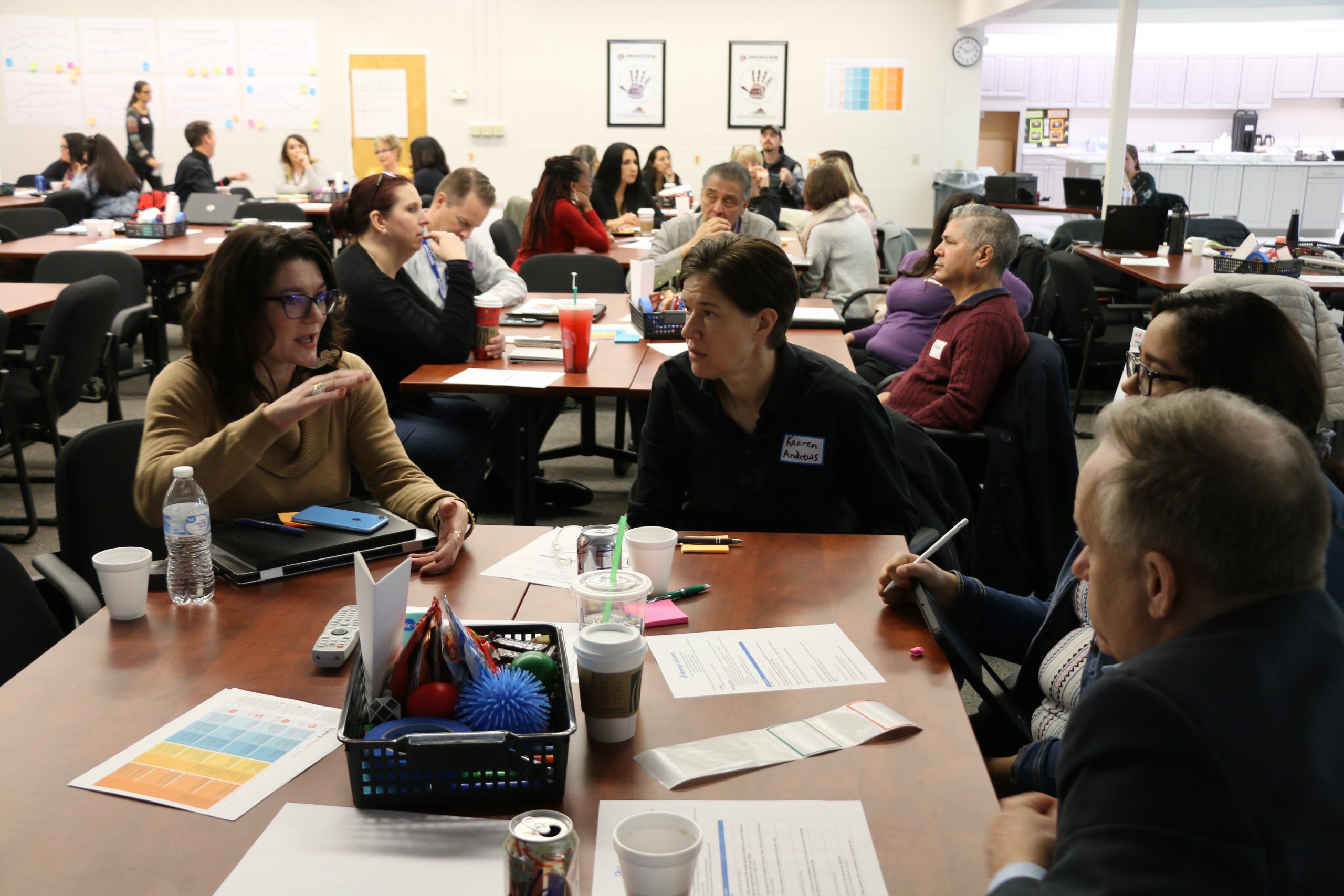Leading for the Children
Picture a “typical” four-year-old. She’s curious, she likes playing with other children, and she understands taking turns. She can pay attention, say how she feels, and empathize with others. That is most of what’s required to be kindergarten-ready.
However, in the communities surrounding Heritage University, barely a quarter of four-year-olds start their educational career kindergarten ready.
Readiness is measured across six areas of development and learning: social-emotional, physical, language, cognitive, literacy and math. Like falling dominoes, the result of starting school at a disadvantage can determine the entire trajectory of a young life. If a child, her teachers and the school system never stop playing catch-up, traditional markers, such as appropriate third-grade reading skills and fifth-grade math competency, may not be met. The transition to higher grades means continuing setbacks.
And what about high school graduation? College- readiness? Education attainment in the Yakima Valley lags behind that of the rest of Washington state and the nation. More than a quarter of Yakima County students drop out of high school. Less than half ever enroll in college, and of those that do, half are academically unprepared for the rigors of college study and require developmental coursework before they begin the real work of college. The greater the student’s deficiency, the more likely he or she is to drop out. In the end, only 15% of Yakima students complete a bachelor’s degree or higher.
The lack of educational attainment in the Yakima Valley is rooted in poverty, language barriers and a myriad of other challenges. New parents must access and utilize support systems, social service programs must keep at-risk children from falling through the cracks, and beleaguered school systems must attempt to successfully educate every child in their ranks.
Expecting it all to work together seamlessly simply isn’t working. The Yakima Valley needs a new approach to education.
Dreama Gentry, executive director of Partners for Education at Berea College talks about the Collective Impact model during a meeting of the Yakima Valley partners in January.
ENTER COLLECTIVE IMPACT
Heritage University entered into a partnership with community organizations, school districts and families to tackle the complex issue of educational attainment. Called Collective Impact, it’s a multifaceted partnership that involves shared vision, combined effort and strong leadership.
It all started in the summer of 2018 when Korynne Wright, a friend and supporter of Heritage, reached out to the university with an invitation to a gathering at her home to learn about an approach she believed could have a significant effect on education in the Valley.
“The meeting came to be known as the ‘kitchen cabinet,’” said David Wise, vice president for advancement at Heritage. “It was an informal setting, but the discussion and what came of it was transformative.”
Wright introduced Heritage to a group of key representatives of several organizations that, using the Collective Impact model, actively work to improve childhood outcomes: Save the Children, Strive Together and Berea College – Partners for Education, the latter of which had implemented the “cradle to career” approach to effective education some 20 years earlier.
Yakima Valley’s Collective Impact partners include leaders in education, social services, law enforcement, business, health care, philanthropy, and government sectors. Representatives came together in January to start the work of building the initiative’s mission, vision, structures, goals and processes.
“We learned how the Collective Impact model helps organizations work together toward their common goal,” said Wise. “It involves communication, collaboration, shared vision, planning, data-based decision making and holding each other accountable to achieve the agreed- upon goals.
“It’s all brought together by a strong backbone organization that leads the collective.”
Wise went on to meet with the Bill & Melinda Gates Foundation, where he was introduced to the book Place-Based Community Engagement in Higher Education, which further broadened his thinking.
Suzy Diaz
Wise believed the Collective Impact model had significant merit for improved educational outcomes in Yakima County and that Heritage needed to be part of it.
“I knew Heritage could be the leader that was needed. And I knew Suzy Diaz, then the director of corporate and foundation relations at Heritage, was the right person to lead the backbone effort,” he said. “With more than 20 years experience working in health care, social services, academia and philanthropy in rural settings, she has a perspective on the challenges that face our communities and the assets that exist.”
In spring 2019, Wise and Diaz, along with Heritage President Andrew Sund, board member Ellen Wallach, and former board chair Steve Altmayer flew to Berea College in Kentucky to see its work in action.
“We are grateful to have Berea’s Partners for Education and their nearly 25 years of Collective Impact experience mentoring Heritage through this process. We share the rural lens, geographic challenges and need for resources. Of course, most importantly, we share the common goal of improving educational outcomes for our communities,” said Diaz.
Photo provided by Save the Children.
“We went on in-home visits where new parents and their children met with staff members from Save the Children, who help parents better understand the developmental and learning stages of their child by sharing ways to initiate learning through play, reading and everyday tasks. Parents asked questions about their children’s behavior and provided feedback on how their children are progressing through the learning period,” she said.
“We made classroom visits and saw how literacy supports are integrated into the student’s day.”
Berea College-Partners for Education became the model for Collective Impact in the Yakima Valley, and its team mentors for Heritage.
UP AND RUNNING
A year after that first “kitchen cabinet” meeting, Heritage was ready to begin formalizing Collective Impact. The University Board of Directors gave its full approval to move forward. Funding was secured through a $100,000 planning grant awarded to Heritage by The Bill & Melinda Gates Foundation. Save the Children came on formally as a major funder, through the support of the Balmer Group, for the first 15 months of the effort and as a planning and execution partner.
Shortly afterward, Diaz presented the cooperative concept to the Grandview School District. When she asked “Who else would benefit from this work?” those present nominated the communities of Mabton and Sunnyside. Given the proximity to Grandview, it was a natural fit to join with all three school districts and form cohort one of this process.
“We learned we were all naturally aligned with the purpose of this work,” said Diaz.
An official convening of partners took place in Grandview in January. There the school districts, partners working within the school districts, local agencies and other stakeholders began discussions about developing a mission, vision, structures, setting goals and implementing processes.
The initiative was officially up and running, with Heritage as the backbone of the Yakima Valley cradle- to-career education continuum.
Danielle Gettings, Grandview School District, makes notes during a group brainstorming session at the January meeting of the Collective Impact partners.
ORGANIZATIONS ALIGN
Key local partners in the Collective Impact undertaking in the Valley currently include the school districts of Grandview, Sunnyside and Mabton. Partnering organizations include social service providers, immigrant community providers, law enforcement, the private business sector, philanthropy, health services, higher education, civic-government organizations and Educational Service District 105.
“Within the Yakima Valley, there are 15 school districts including the Yakama Nation that we hope to partner with over time,” said Diaz. “Students often transfer between neighboring school districts, which is another reason to work together – so students can succeed through transitions.”
While Heritage University will serve as the backbone organization, two leadership bodies will guide the supports for this initial cohort and will be comprised of representatives within and outside the education sector, a key component of collective impact. Two advisory bodies will be composed of a cross-sector and countywide representation that will guide the administrative functions of this work.
“This process involves anyone who shares the belief that we can improve educational outcomes together,” said Diaz.
“The goal is that more children enter the school systems ready to learn and achieve the most significant milestones along the way, so that learning continues and it is more likely that each child will reach graduation prepared for college, persist in college and, ultimately, successfully enter a meaningful career,” said Wise.
“By taking this role, we can impact students’ well-being, whether they go to Harvard or Heritage or anywhere in between,” he said. “Ultimately, it’s about the good of all, and that’s why Heritage University exists.”
Great things can come from serendipitous moments. Collective Impact is a prime example.
Since its founding 100 years ago, Save the Children has changed the lives of more than 1 billion children in the United States and around the world, ensuring children grow up healthy, educated and safe. After years of working
in rural America, in Kentucky’s Appalachia region, they turned their attention to the Yakima Valley, focusing their efforts on children age zero through third grade. It was their initiative that led to Heritage’s introduction to Collective Impact, and their ongoing leadership and mentorship throughout the exploration and planning period that allowed Collective Impact to form and launch in 2020.
“There are many stops along the way when a child can be guided to achieve their highest educational capacity. We start with the question: ‘Who can improve education outcomes for children?’ The answer is everyone,” said Diaz. “It’s absolutely necessary that organizations that serve children and families collaborate to improve educational outcomes. It really does begin at birth.”
Cradle-to-Career is defined at each step along the continuum.
EARLY LEARNING: “It all begins with early, in-home learning,” Diaz said. “This work includes parent-educator coordinators who visit the homes of parents with children age zero to three to insure educational learning and developmental milestones are reached.”
PRE-K AND EARLY-EDUCATION SUPPORT: In- home learning and child development are followed by supports in high quality, early learning programs and centers to support kinder-readiness. From kindergarten to third grade, markers like reading and math are measured. Healthy socio-emotional development is also important and cultivated.
MIDDLE SCHOOL SUPPORT: This, said Diaz, requires support in attendance, math, science, reading and writing, along with continued supports for social and emotional health that serve to ensure successful transitions into high school.
HIGH SCHOOL AND POST-HIGH SCHOOL TRANSITIONS: In high school, the focus turns to ninth grade success, high school completion, college-readiness and post-high school transitions.
CAREER READINESS: Lastly, career readiness and success are measured by employment and wage-earning data, which help measure the economic vitality of an individual.








